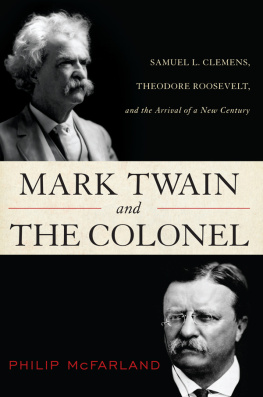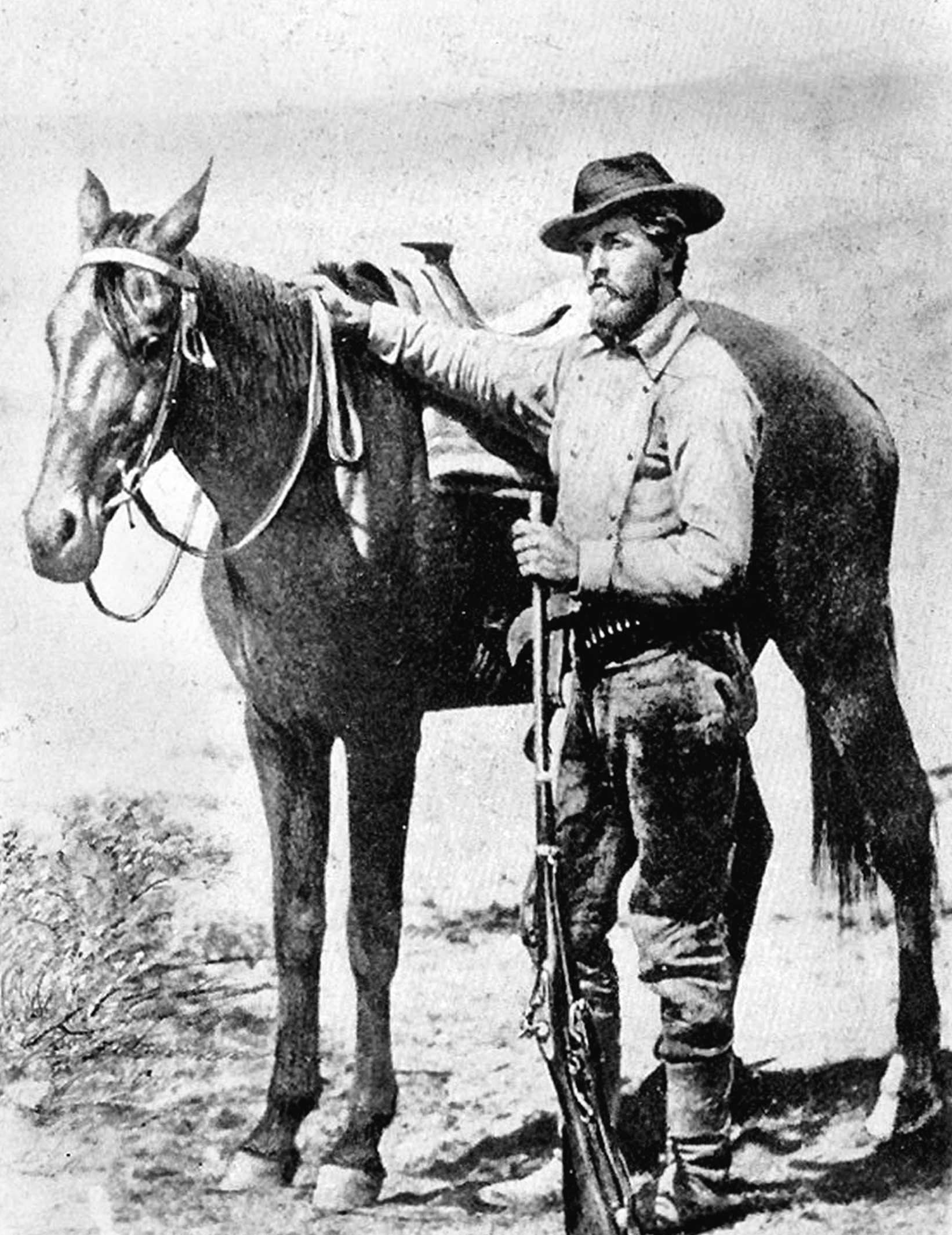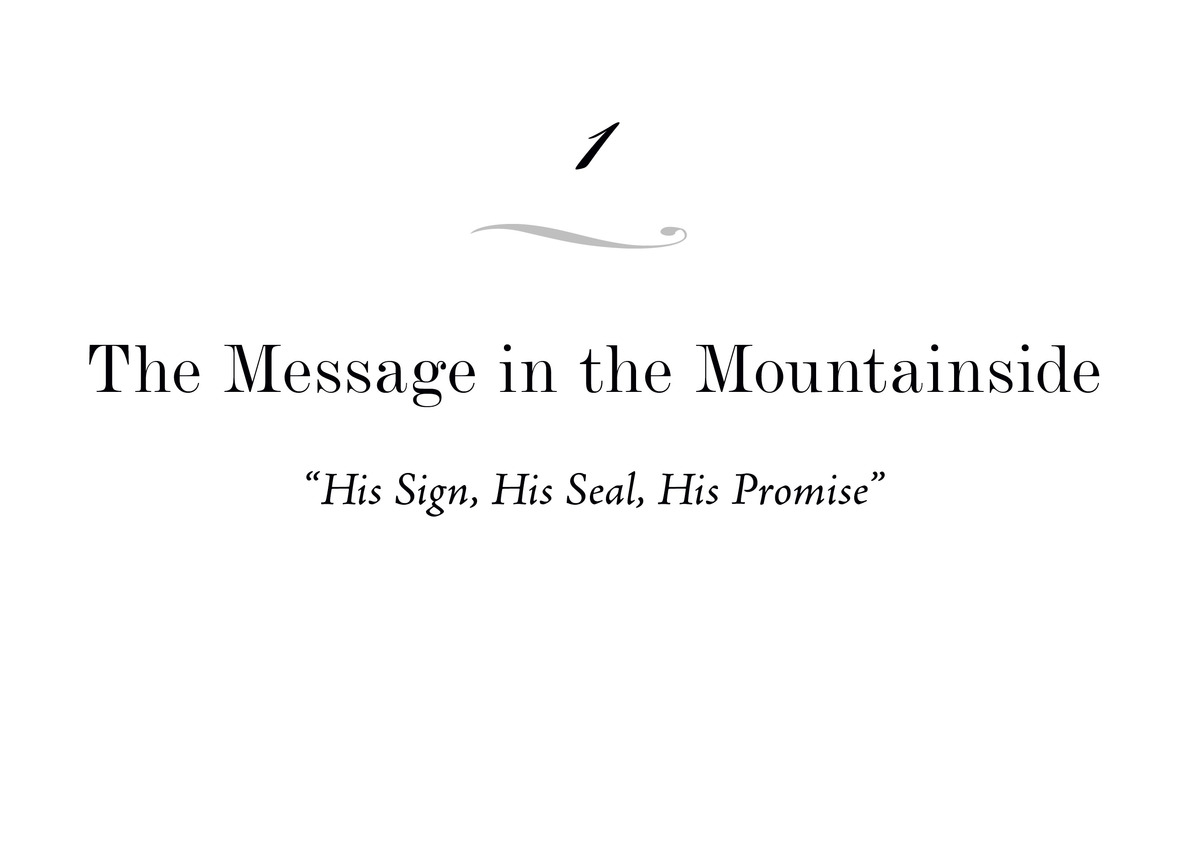Wonders, legends, and mysteries spurred American adventurers of every era to explore dark, remote corners of their continent. On rare occasions, miraculous rumors turned out to be true, shaping the young nations mystical sense of itself.
Such discoveries became especially important after the devastation of the Civil War, reassuring the weary populace that America maintained its special place in Gods master plan. Then, as now, a bitterly divided nation, plagued by recent bloodshed and polarizing politics, longed for some unequivocal sign that providential protection still applied to this once favored land.
NATURE ITSELF HAD SPOKEN
As early as the 1840s, explorers in the Rocky Mountains heard persistent reports of one such signa colossal cross of snow that appeared for a few months each year on the flank of an uncharted Colorado peak. Indians, prospectors, and mountain men spoke in awe of this gleaming vision produced by the late spring thaw on a sheer rock cliff, largely obscured by surrounding pinnacles that equaled or exceeded its commanding height. According to breathless accounts, the magical sight disappeared whenever wanderers approached too close to its sparkling magnificence.
The first credible sighting of this elusive marvel came from a Massachusetts newspaperman who ventured west in an effort to restore his failing health. In August 1868, Samuel Bowles, the respected abolitionist editor of the Springfield Republican and a close friend of the poet Emily Dickinson, set out to tour the sparsely settled Colorado Territory. Like other true believers in the sacred Union cause, he couldnt shake his postwar funk following the wrenching tragedy of Lincolns assassination and the chaotic, disappointing steps toward racial justice and Reconstruction.
In the Rockies, Bowles hoped to rediscover his sense of wonder by climbing to the forbidding, fourteen-thousand-foot summit of Grays Peak. With two companions and a single pack mule, he ascended fifteen miles and camped overnight in the brisk, starry mountain air before the next mornings final push through snowdrifts fifteen feet high. After struggling over loose, treacherous rocks for the last mile, they came to a viewpoint that stirred their deepest emotions.
It was not beauty, it was sublimity, Bowles wrote. It was not power, nor order, nor color, it was majesty; it was not a part, it was the whole; it was not man but God, that was about, before, in us. Mountains and mountains everywhereOver one of the largest and finest, the snow-fields lay in the form of an immense cross, and by this it is known in all the mountain views of the territory. It is as if God has set His sign, His seal, His promise there,a beacon upon the very center and height of the Continent to all its people and all its generations.
D espite this rapturous description, later published in his popular book The Switzerland ofAmerica, Bowles left no indication of the mystical mounts precise location. Without a map or firm coordinates to recall the perilous path to the breathtaking view, travelers who attempted to retrace his steps found only frustration in their attempts to locate the sacred, solemn site the New England journalist had so memorably acclaimed.
Finally, five years later, under the auspices of the United States Geographical and Geological Survey, an expedition secured lavish federal funding to the tune of $75,000 to expose the truth behind the phenomenon already labeled the Mount of the Holy Cross. Its intrepid leader, Ferdinand Vandeveer Hayden, boasted a national reputation as a decorated Civil War doctor, university professor, and notorious unbeliever celebrated for his previous exploration of the stunning landscape of Yellowstone. His new probe of the Rockies and its mythic religious symbol involved botanists, fossil collectors, mineralogists, topographical artists, scouts, philologists, cartographers, and geologists like Hayden himself.
It also attracted a pioneer photographer named William Henry Jackson, who had trained as a landscape painter before fighting at the Battle of Gettysburg at age twenty. After the war, he risked his life again to shoot the completion of the transcontinental railroad from the cowcatcher of a moving locomotive, and then accompanied Hayden on his celebrated journey to Yellowstone that inspired Congress to create the first national park. For Jackson, the desire to capture the first images of the Cross in the Mountainside became a professional obsession as well as a spiritual quest.
In this pursuit, he trekked into the Rockies with nearly a hundred pounds of equipment on an aging, overburdened mule. The baggage included three cameras and heavy glass photographic plates of various sizes, some as large as eighteen by twenty-two inches. These fragile panes had to be coated, exposed, and developed on-site, with no light-metering equipment or predetermined emulsion speeds, requiring inspired guess work from the explorer and artist.

















